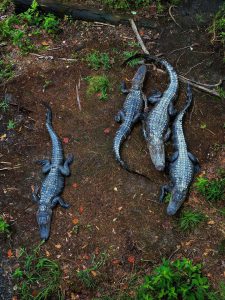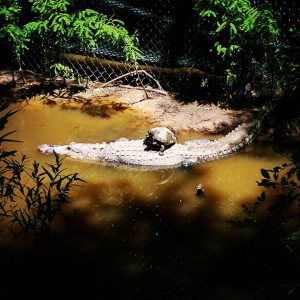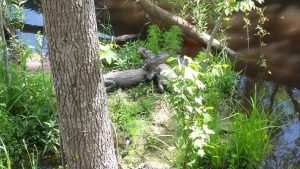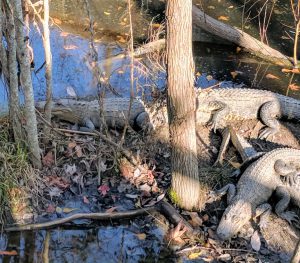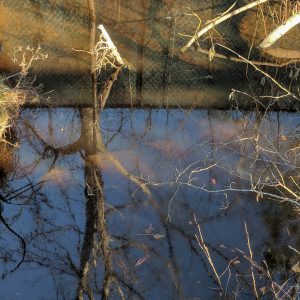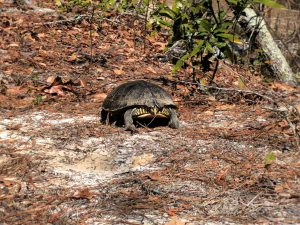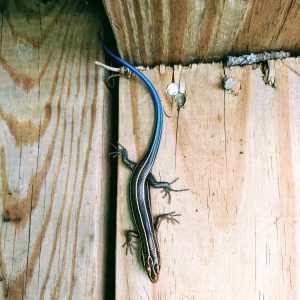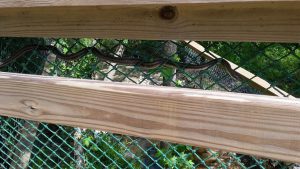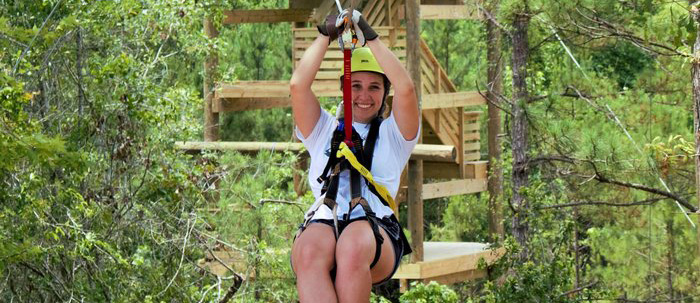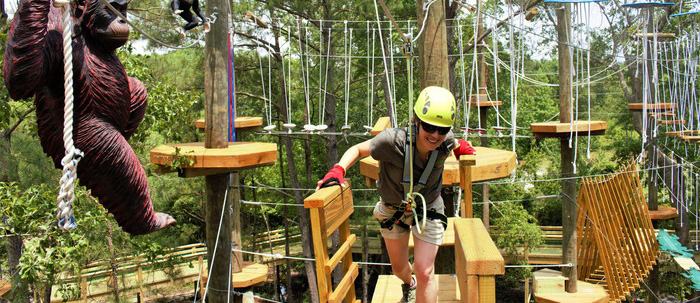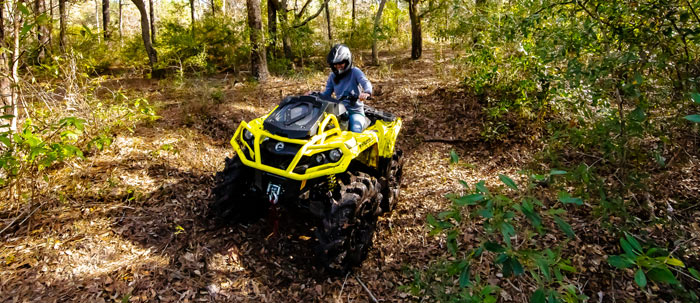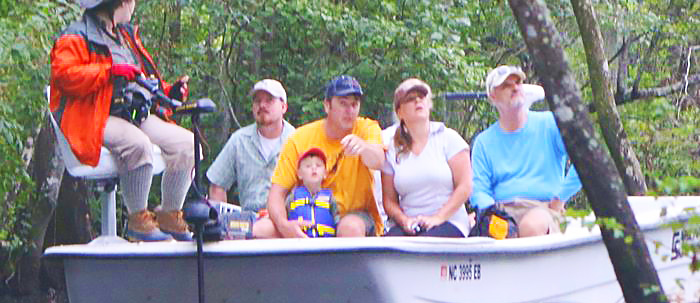Oh, Father winter, how you constantly remind us of the season! You’ll probably find yourself all bundle up, and sipping on hot cocoa while the world outside has a bitter chill. But what do animals do when winter arrives? Don’t they have a nice cozy home with central heating? Aren’t they all snuggled up, and sleeping under a snow tip pine tree with an open lit fire?
Good questions! Most of us assume that all wildlife sleeps through the winter months until spring. This is true for some mammals like groundhogs, bears, and bats, but not everyone is dreaming throughout the long winter nights.
For the month of January 2018, we will discuss the variety of animals in our swamp, and their clever adaptations during this chilly season. PLUS, this week’s topic will be about our reptilian friends.
Reptiles are vertebrate animals that include snakes, lizards, turtles, and alligators. They tend to have dry leathery scaly skin and lay soft-shelled eggs on land. They are cold-blooded. These animals rely upon the sun to increase their body temperature and stimulate their metabolism (ectothermic).
There are so many interesting facts about alligators! So for this week, we will focus on alligators’ adaptations during the winter. Tune into our future blogs for more “mind-blowing ” facts about alligators. Here at the park, we know for a fact alligators LOVE to sunbathe! Take a look at our photographic evidence!
When alligators aren’t sunbathing, they’ll spend the other half of their life in water. They can live in water temperatures as low as 40-degrees F. So, what happens when the water or air temperature is too low for them to be active? Alligators will go into a state of brumation. This is where a reptile’s metabolism slows down dramatically and will go into a lethargic state. Often during this time, an alligator will stay at the bottom of a body of water. An alligator can hold its breath underwater for 1 to 24 hours. If they need to breathe, then they’ll slowly surface and peak their nostrils at the top of the water. Just like in this photo:
They’ll keep the rest of their stationary body suspended in the water. Sometimes alligators will burrow deep in mud holes along banks of the water, for added warmth. During this time alligators will not be apt to eat because of their slow metabolism. An alligator can become very sick if they have food left in their stomach. The food becomes stagnant and rots, instead of being properly digested. Since digesting can take a lot of energy for an animal to process, sometimes maintaining body temperature will take all of an animal’s energy. At the end of this blog, there will be a video link to our Facebook page. Check it out! The video showcases the park’s alligators surviving the first brutal snow storm in NC of 2018.
Let’s shift our attention to turtles and their adaptations during the winter. Turtles will also brumate like their cousins during the colder months. However, there are some key differences in how they maintain their body’s temperature and energy. Turtles will remain underwater and stay alert to changes in sunlight. They’ll monitor the light so they can surface on warmer days to sunbathe. Often, they will stay underneath the icy water at 3 to 4 months at a time. Since the water is cold and dense, it can be hard for a turtle to surface and to breathe oxygen. But don’t worry the turtle has adapted to their icy surroundings! To maintain their minimal oxygen levels, turtles will slowly paddle around underwater to keep their blood vessels flushed. This eliminates the need to surface and to breathe with their lungs. What’s amazing is that the turtle’s most vascular area on their body is in their – butts. That’s right, turtles breathe oxygen through their butts and the technical term is called cloacal respiration.
Swim on butt breathers! Swim on!
Yep, you guessed it, like their cousins, lizards, and snakes will also go through brumation.
Often snakes and lizards will burrow themselves into their dens and wait out the colder days. They will make themselves at home in rocky crevices, caves, rodent holes, underneath trees, rotting logs, and sometimes they’ll sleep together in groups. They will creep out of their dens on warmer days to sunbathe.
If you ever find yourself taking a walk on our hiking trail on a warm winter day, stay alert! You might see some sunbathing reptiles. Also, check out the links below for further information about reptile brumation from experts. If you like this blog then check out our blog about birds and how they survive the winter months. If you have questions or concerns please ask us on our Facebook, Tumblr, or Instagram and we’ll answer!
Swamp Park’s Facebook Page Video:
“Alligators in Ice!” https://www.facebook.com/shallotteriverswamppark/videos/767656473434331/
Video Link:
Herd, T. (2012, February 25). American Alligator in Winter. Retrieved December 20, 2017, from https://www.youtube.com/watch?v=p0wdtipM5WU
Sources:
AT, Denise. “When Do Snakes Hibernate?” Snake Protection, 28 Nov. 2014, 06:29 pm, www.snakeprotection.com/snake_bite_blog/view/1074/when-do-snakes-hibernate-.
“Brumation.” Merriam-Webster, Merriam-Webster, www.merriam-webster.com/dictionary/brumation.
Litzgus, Jacqueline. “The Secret to Turtle Hibernation: Butt-Breathing.” LiveScience, Purch, 25 Nov. 2017, www.livescience.com/61018-turtles-breathe-through-butt.html.
“Lizard Hibernation.” All About Lizards, www.the-lizard-lounge.com/content/library/behavior/hibernation.asp.
“Loyola University New Orleans.” Where Do Alligators Go In Winter? | Center for Environmental Communication | Loyola University New Orleans, www.loyno.edu/lucec/natural-history-writings/where-do-alligators-go-winter.
Feb 27, 2014 — by Natural Selections, in Canton, NY. “Natural Selections: How do turtles survive a winter underwater?” NCPR, 27 Feb. 2014, www.northcountrypublicradio.org/news/story/24195/20140227/natural-selections-how-do-turtles-survive-a-winter-underwater.
“Preparing Reptiles for Winters Sleep.” Reptiles Magazine, www.reptilesmagazine.com.
“Reptile Brumation.” South Carolina Aquarium, 25 Apr. 2017, scaquarium.org/brumation/.



